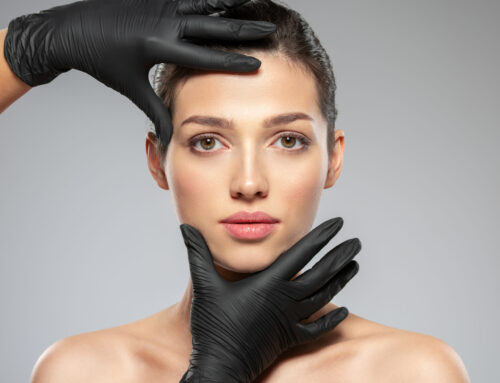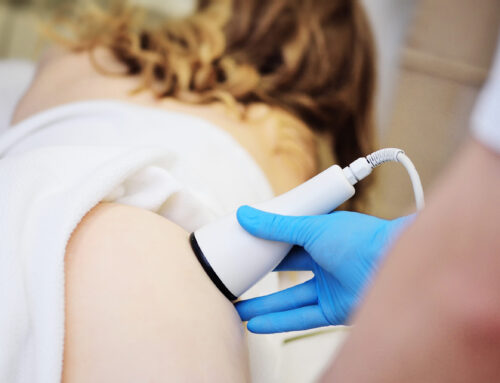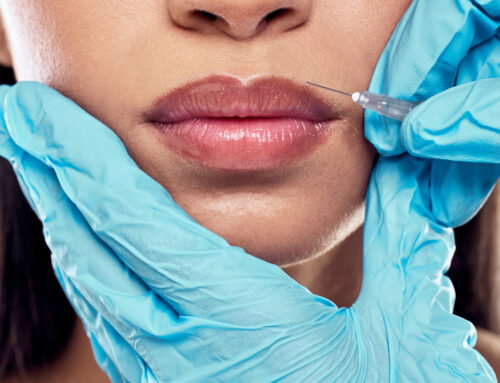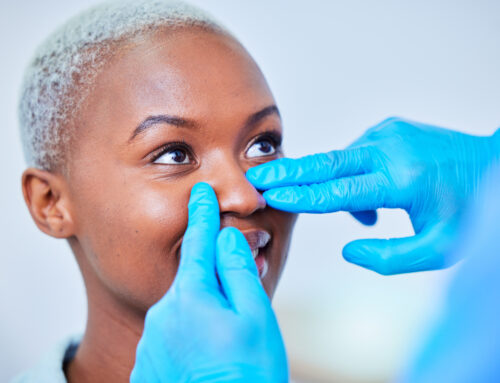 Cosmetic surgery has undergone a remarkable transformation over the past century, evolving from rudimentary procedures to sophisticated techniques. Initially, these surgeries were primarily reconstructive, focusing on repairing physical deformities caused by war, accidents, or birth defects. However, as the 20th century progressed, the scope of cosmetic surgery expanded. It’s driven by a growing understanding of human anatomy and a desire for aesthetic enhancement. This evolution reflects not only advancements in medical science but also changing societal attitudes towards beauty and self-improvement.
Cosmetic surgery has undergone a remarkable transformation over the past century, evolving from rudimentary procedures to sophisticated techniques. Initially, these surgeries were primarily reconstructive, focusing on repairing physical deformities caused by war, accidents, or birth defects. However, as the 20th century progressed, the scope of cosmetic surgery expanded. It’s driven by a growing understanding of human anatomy and a desire for aesthetic enhancement. This evolution reflects not only advancements in medical science but also changing societal attitudes towards beauty and self-improvement.
The early days of cosmetic surgery were marked by experimentation and a lack of standardized techniques. Surgeons in the early 1900s were pioneers, often working without the safety nets of modern anesthesia or infection control. Despite these challenges, they laid the groundwork for today’s procedures, developing techniques that would be refined over decades. From rudimentary skin grafts to the first facelifts, these initial steps were crucial in setting the stage for the future of cosmetic surgery.
 Technological Advancements: How Technology Has Shaped Modern Procedures
Technological Advancements: How Technology Has Shaped Modern Procedures
The field of cosmetic surgery has been revolutionized by technological advancements. From the introduction of silicone implants in the 1960s to the advent of laser surgery in the late 20th century. These innovations have opened new possibilities for aesthetic enhancement. Today, minimally invasive techniques, such as laparoscopic surgery, have significantly reduced recovery times and scarring. This makes cosmetic surgery more accessible and appealing to a broader audience.
Digital imaging and 3D printing have also played pivotal roles in the evolution of cosmetic surgery. Surgeons can now create precise surgical plans and predict outcomes with greater accuracy. It’s enhancing both the safety and efficacy of procedures. These technological advancements not only improve the patient experience but also expand the boundaries of what is possible in cosmetic enhancement, continually pushing the field forward.
 Societal Influences: The Impact of Beauty Standards on Popular Procedures
Societal Influences: The Impact of Beauty Standards on Popular Procedures
Cosmetic surgery has always been closely intertwined with societal beauty standards. Throughout the 20th century, these standards have shifted, influenced by cultural trends, celebrity culture, and the media. In the early days, procedures were often subtle and aimed at restoring a ‘natural’ appearance. However, as beauty ideals evolved, so did the demand for specific procedures. For instance, the rise of Hollywood in the mid-20th century saw an increase in facelifts and rhinoplasties. The reason being is people sought to emulate the glamorous looks of movie stars.
In recent decades, the influence of social media and the global exchange of beauty ideals have further diversified the range of sought-after procedures. From Brazilian butt lifts to Korean-style double eyelid surgeries, the global melting pot of beauty standards has significantly broadened the scope of cosmetic surgery. This trend highlights the dynamic relationship between societal ideals and the evolution of cosmetic enhancements.
 Safety and Efficacy: Improvements in Patient Safety and Outcomes
Safety and Efficacy: Improvements in Patient Safety and Outcomes
One of the most significant aspects of the evolution of cosmetic surgery is the enhanced focus on patient safety and outcomes. Early cosmetic procedures were often risky, with high rates of infection and complications. However, over the years, stringent sterilization protocols, improved surgical techniques, and better anesthesia have dramatically increased the safety of these procedures. Additionally, the establishment of regulatory bodies and professional standards has played a crucial role in ensuring the quality and safety of cosmetic surgeries.
The development of less invasive techniques and better post-operative care has also improved patient outcomes. Today, patients can expect more natural-looking results, minimal scarring, and shorter recovery times. This progress in safety and efficacy has not only increased patient satisfaction but also contributed to the growing acceptance and popularity of cosmetic surgery worldwide.
 The Future of Cosmetic Surgery and Its Continued Evolution
The Future of Cosmetic Surgery and Its Continued Evolution
As we look to the future, the field of cosmetic surgery is poised for continued innovation and growth. Emerging technologies like AI and virtual reality are set to further transform surgical planning and execution. Moreover, the growing emphasis on personalized care and the exploration of regenerative medicine, such as stem cell therapy, hint at even more groundbreaking developments in the field.
The future of cosmetic surgery will likely be characterized by even more refined techniques, enhanced safety profiles, and a deeper understanding of the psychological impacts of cosmetic enhancement. As societal attitudes continue to evolve, so will the demand for diverse and customized cosmetic procedures. The journey of cosmetic surgery, from its humble beginnings to its current state, is a testament to human ingenuity and the ever-changing nature of beauty standards.










